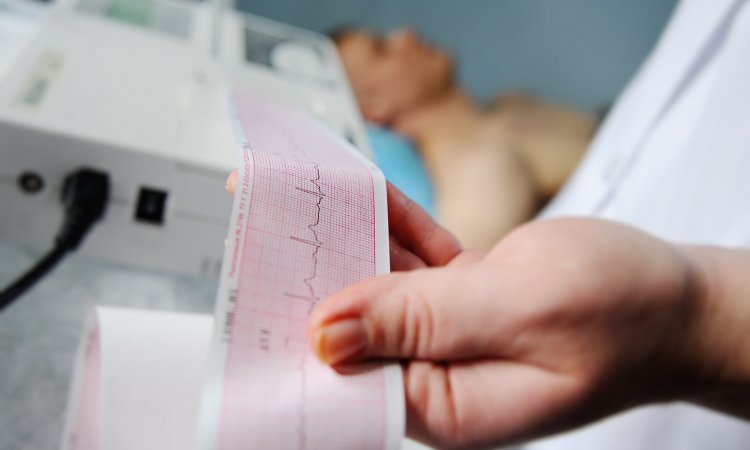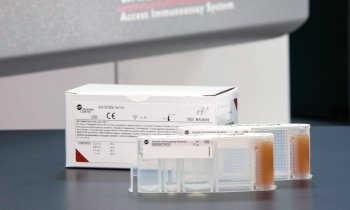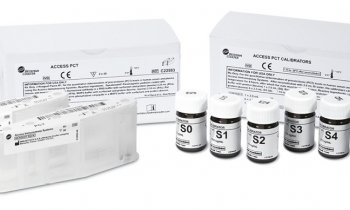New biomarkers in acute cardiac care
Professor C Mueller adressed the issue of new biomarkers in acute cardiac care on the ESC on Monday, 1st September. Read his comment in the following.
In conjunction with clinical assessment and the ECG, simple and rapid blood tests have become the standard for the detection of myocardial infarction. Starting in the year 2000, recommendations by the European Society of Cardiology and other major cardiology societies worldwide have begun to state uniformly that a rise in cardiac troponins – sensitive and specific markers for dying cells in the heart - is a prerequisite for the clinical diagnosis of myocardial infarction.
Myocardial infarction is the major cause of death worldwide. With effective treatment within our grasp, accurate and rapid diagnosis is of major medical and economic importance. With the development of sensitive trials depicting either cardiac troponin I or cardiac troponin T, the only current biomarkers thought to be unique to the heart, the diagnosis of myocardial infarction has been revolutionised. In a patient presenting with chest pain, a rise in cardiac troponin has become a mandatory feature for the clinical diagnosis of myocardial infarction. Cardiac troponins are our current gold standard for the detection of myocardial necrosis. The more sensitive the cardiac troponin essay used, the smaller the number of dying myocardial cells necessary for this signal to be detected. This has enabled us to detect high risk acute coronary syndrome patients with only minor myocardial damage.
Unfortunately, current cardiac troponin essays have one major limitation in common with their predecessor (CKMB): it takes 3–4 hours after symptom onset until cardiac troponin becomes detectable. Ongoing large clinical multicenter studies, including the Advantageous Predictors of Acute Coronary Syndromes Evaluation (APACE), are assessing whether novel cardiac troponin assays with even higher sensitivity or other biomarkers reflecting different pathophysiological processes such as, for example, copeptin (reflecting endogenuous stress) or myeloperoxidase (reflecting plaque instability and inflammation) will significantly shorten the “troponin-blind” period. Obviously, this would constitute a major medical and economic improvement in clinical practice.
02.09.2008











